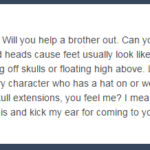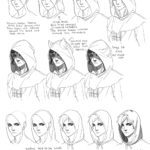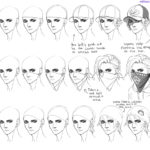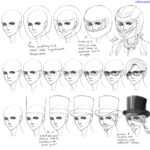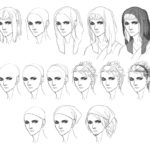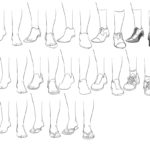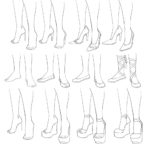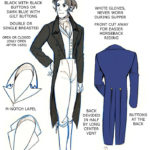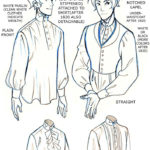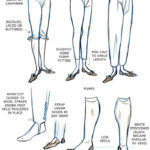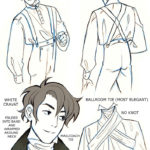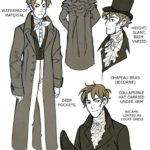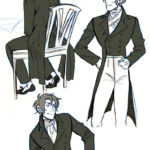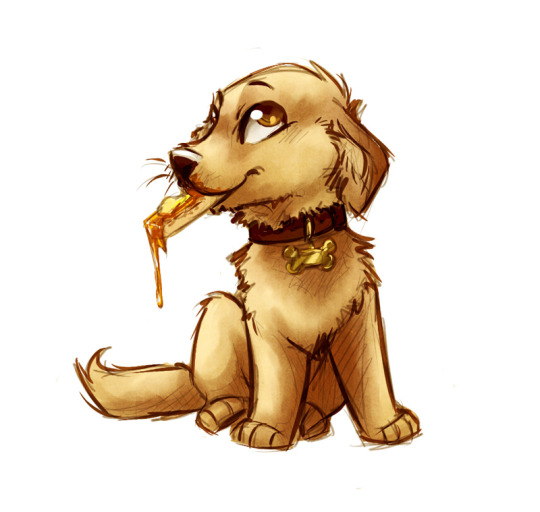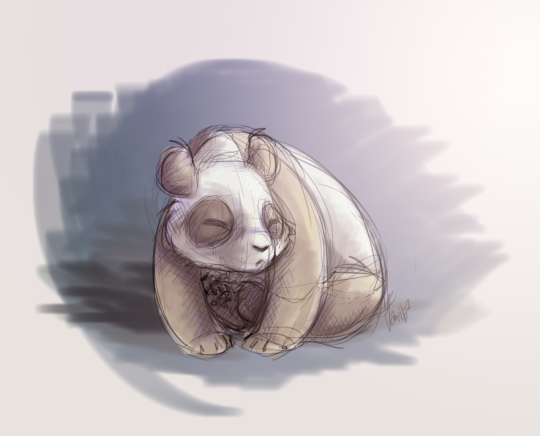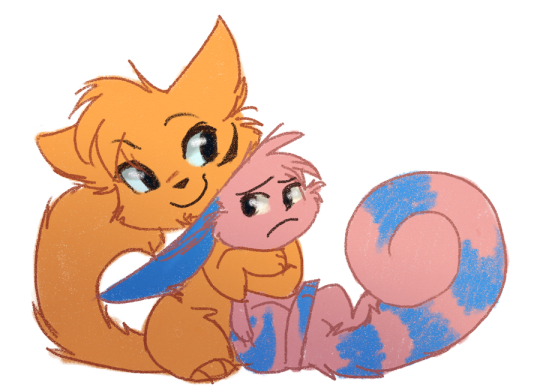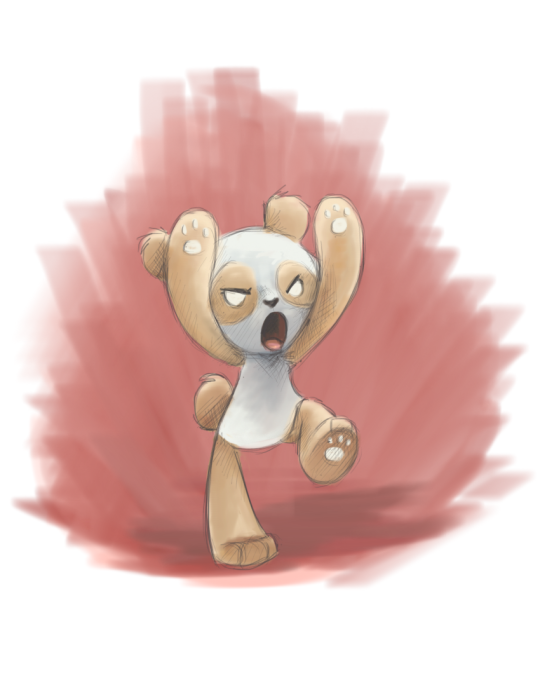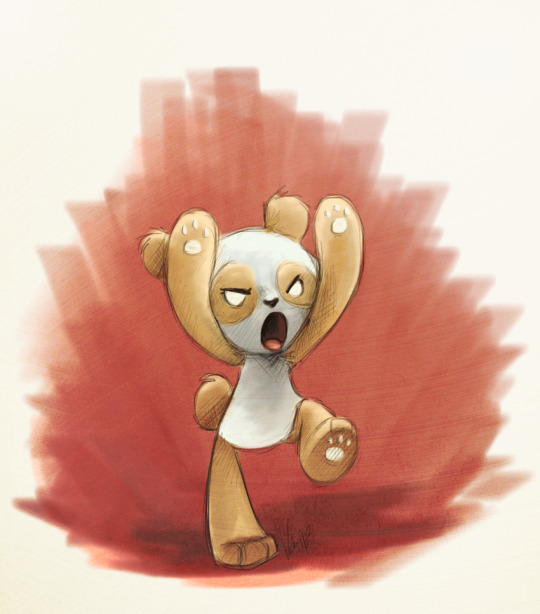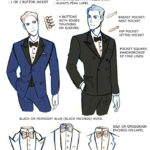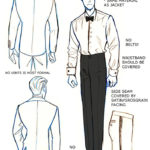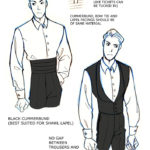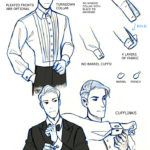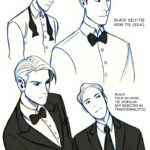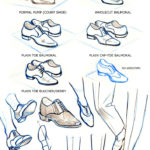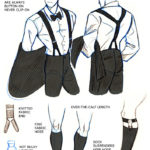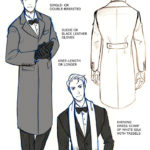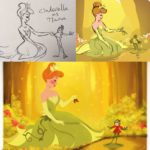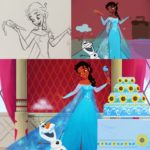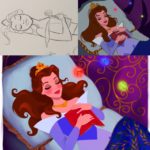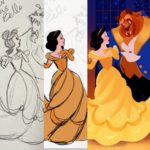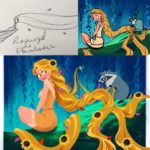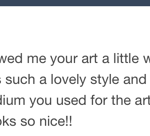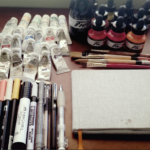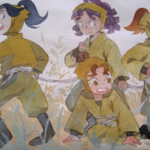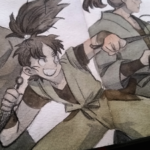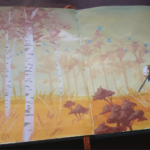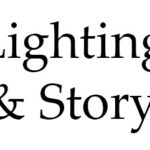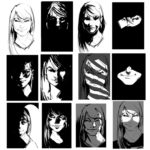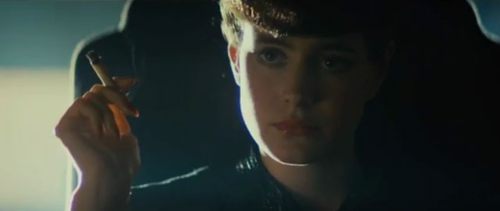I have always been drawing, ever since I can remember. One of my earliest memories is being mad at age 3 because SOMEONE put CHALK in the crayon bucket and I bit it to test and BLECK.
In 2nd grade, my dad told me that I would need to learn to get really good at drawing circles, squares, and triangles if I wanted to do art seriously. That’s when I started reading art books and constructing drawings with shapes.
In 7th grade, I applied for an online art archive and was utterly rejected because my stuff was definitely not up to scratch. I was pointed to Tracy Butler’s art and fell in love with art as a means of storytelling. I wanted to get good. Really good.
After that, I took every art class public school had to offer, and filled sketchbook after sketchbook on my own time. Art class was helpful because my teachers forced me to do stuff I didn’t want to do (cross-hatching, life study, learning art history), and it was all very beneficial. They also gave me access to free art supplies that I never would have been able to afford on my own– paint, pastels, illustration board, clay, kilns, etc.
I got accepted to a university in the Animation Major, learned that my arm and procrastination tendencies couldn’t handle it, and switched to Illustration. Color theory and observational drawing weren’t at all new to me, but it was GREAT to study side-by-side with people who actually CARED about it instead of being forced to. And I probably learned more through one semester of advanced figure drawing than I had in any other class.
None of the classwork were things that I couldn’t have learned on my own; art class is not a magical thing. People can take all of the art classes in the world and won’t improve if they don’t consciously practice and observe. But they are great motivators and I am so glad that I took those classes. Even Art History, because man I have a much better appreciating and understanding for the master works now. Context really is everything.
Anyway, I still have a lot to learn, but to answer your question… if we consider 7th grade the starting point, I guess I’ve been doing art “seriously” for… 17 years? OMG…
Now go look at Tracy’s art and be inspired: @lackadaisycats
